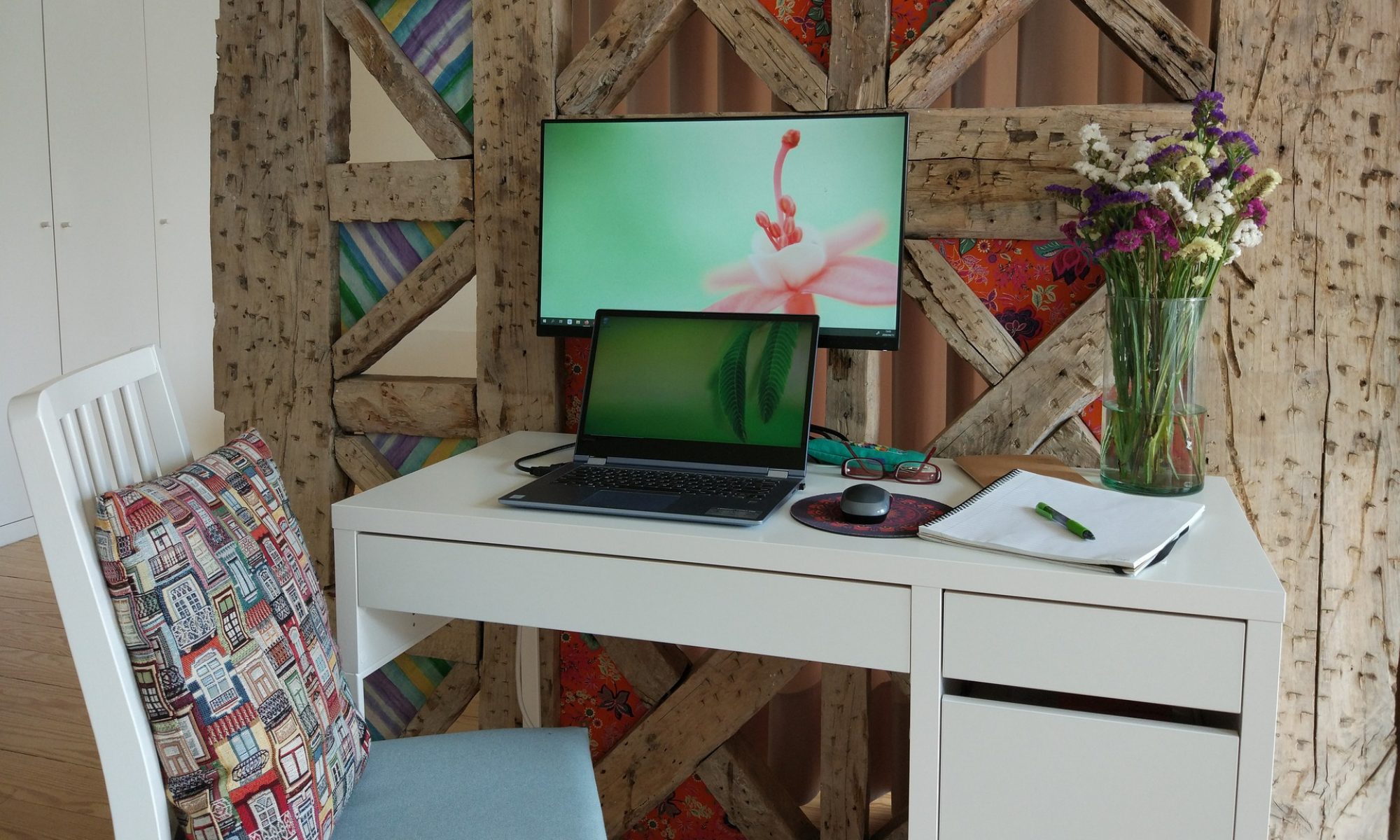Apple has recently unveiled Vision Pro, a product with broader potential for applications well beyond the immersive-game orientation of many initial headsets. The presentation at the launch showcased Vision Pro’s versatility, demonstrating its potential ability to revolutionize a host of activities of many types: entertainment, communication, collaboration, productivity, creativity, and videography. Furthermore, the demo subtly highlighted the potential benefits of Apple’s ecosystem and tighter integration.
Interestingly, gaming and industrial applications, frequently highlighted in the launches of competing VR/AR/MR (Virtual Reality, Augmented Reality, Mixed Reality) headsets, were not included in the Vision Pro demo. This divergence indicates a strategic focus away from a unique niche segment of the market.
Analyzing consumer technology trends requires tracking behaviors, a practice underscored by years of TUP/Technology User Profile research. The mantra that ‘actions speak loudest’ remains as pertinent today as ever. The activities people engage in are the most reliable indicators of consumer technology adoption patterns. It is less about which devices or electronics consumers use; their behaviors are the most important.
An intriguing insight from TUP’s ongoing research is that people switch devices quickly and alter their behavior slowly. Consequently, it becomes crucial to explore the number of people who regularly engage in any given activity, which the research does in detail.
The research also sets out to identify the market size for each of these activities. It quantifies how many people participate in a broad range of these activities.
Furthermore, the report also highlights demographic details, Apple’s brand loyalty, and current VR headset penetration rates. By doing so, the study is expected to offer valuable insights into the potential future for VR/AR/MR headsets such as Apple’s Vision Pro.
This content is for subscribers only.
Login Join Now

